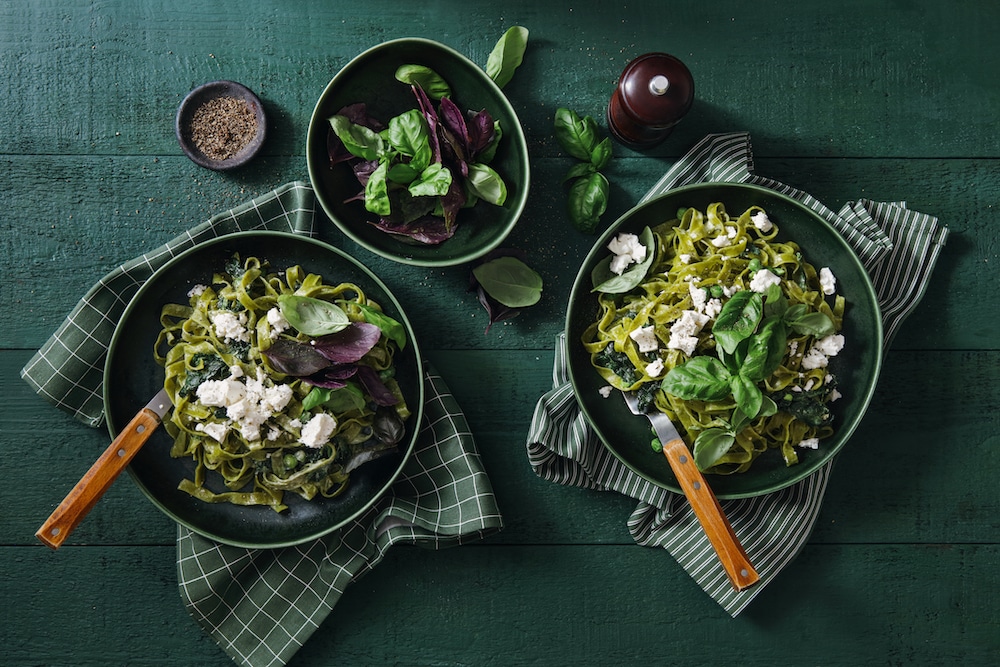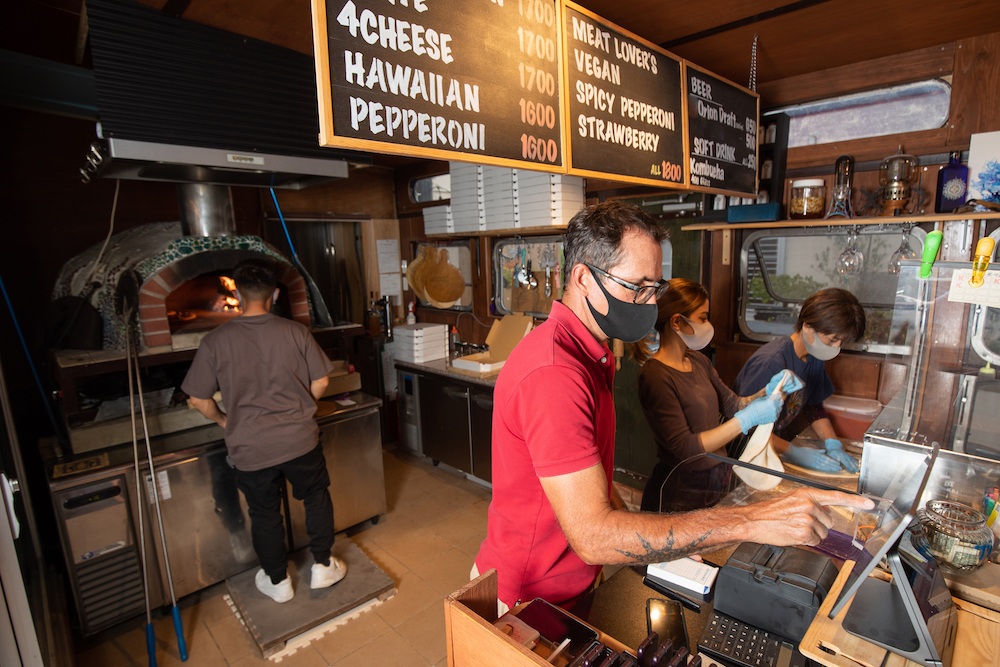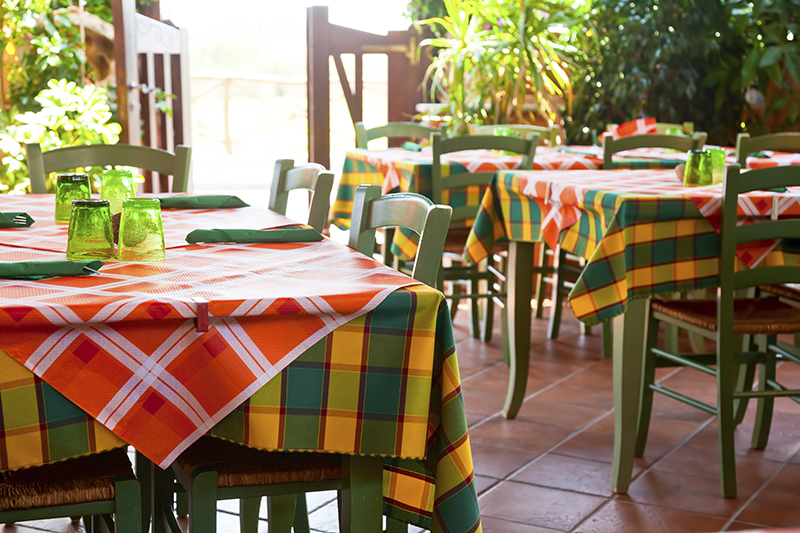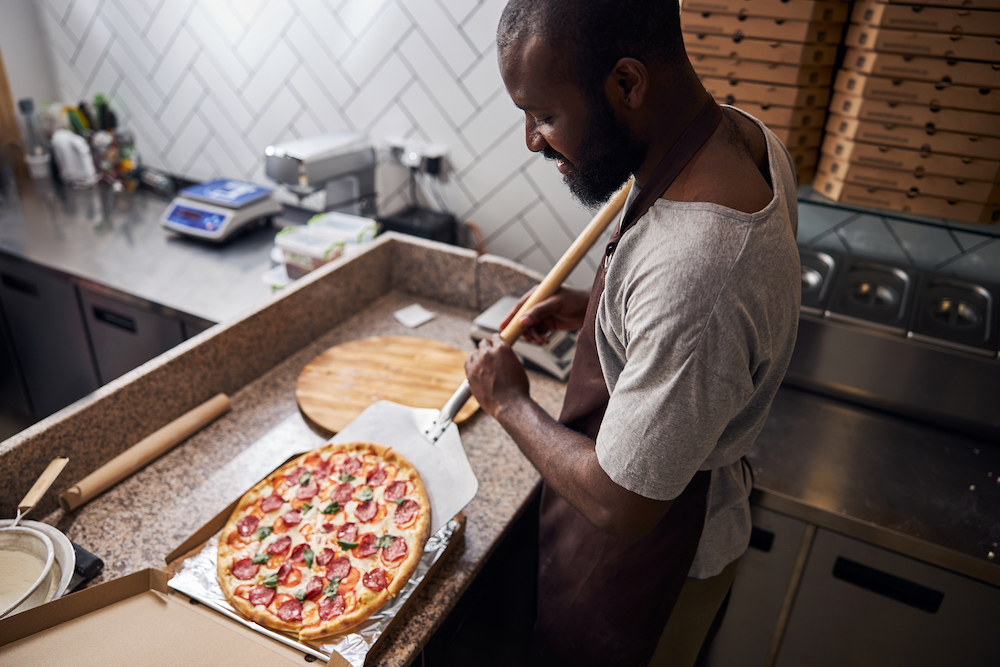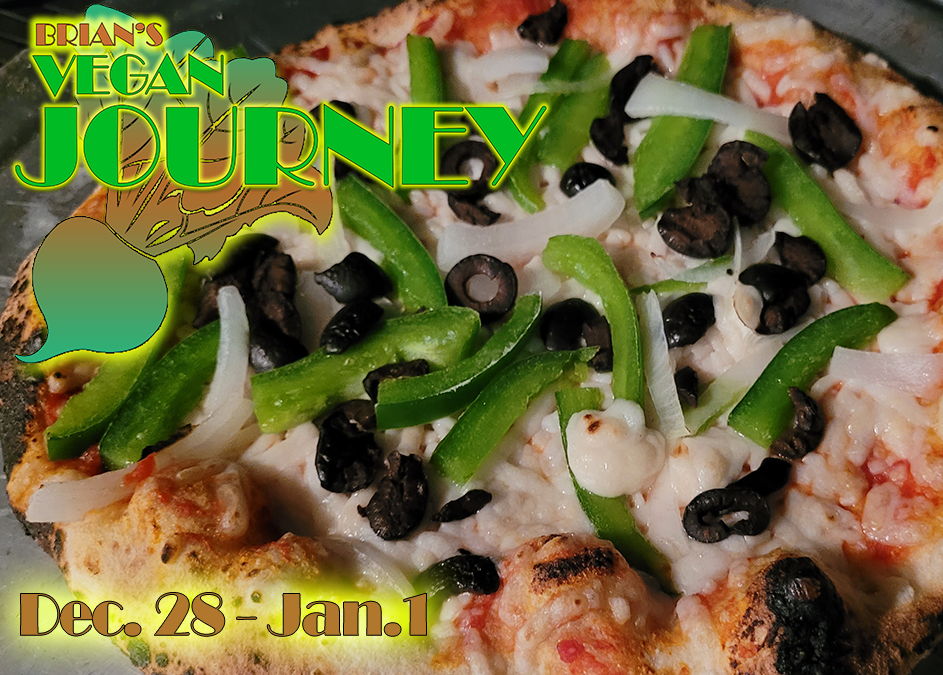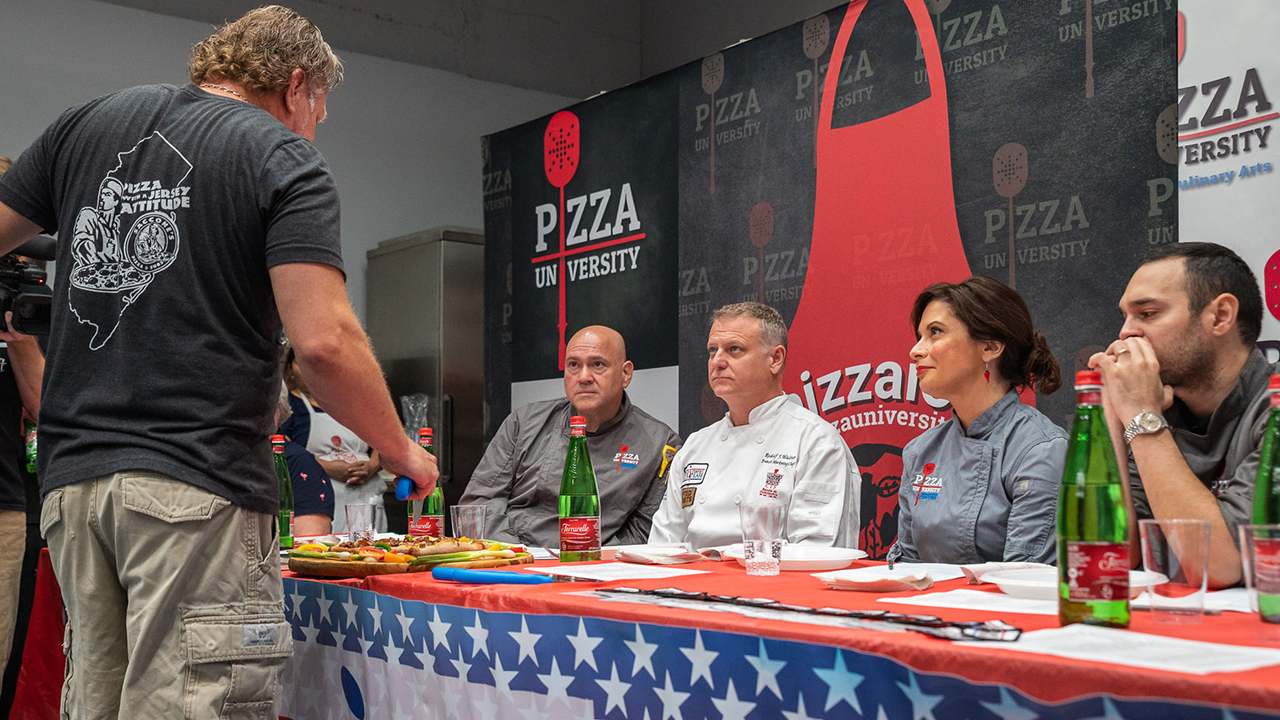By Lindsey Yeakle
Gluten-Free Food Service (GFFS) Program Manager
With outbreaks of COVID-19 on the rise again in many states and many restaurants struggling to reopen, food takeout and delivery are more popular than ever, and pizza is a perennial favorite. However, pizza isn’t always the best option for people with gluten sensitivity, and even the most dedicated pizza fan wants a change of pace every now and then. Fortunately, pizzerias have a lot of options when it comes to serving gluten-free Italian food, provided they use the right ingredients and follow best practices to avoid cross-contamination.
Given that wheat is a core ingredient in traditional pizza crusts and pastas, restaurant owners might wonder if there is a market for a gluten-free menu at their local pizzeria. The truth is that people with gluten sensitivity crave classic Italian dishes as much as anyone, and great-tasting gluten-free Italian food can be hard to find. When diners do discover a place that knows how to prepare gluten-free versions of their Italian favorites, they’re often willing to pay more and become repeat customers if the food is good.
Related: Gianni Gallucci shares the secret to making gluten-free Neapolitan-style pizza
Pizzerias that want to serve this market aren’t limited to pizzas with gluten-free crusts either. By repurposing meats and vegetables that traditionally top favorites like a Meat Lover’s Pizza, restaurants can create an infinite variety of pasta sauces, salads and other dishes. An added advantage of gluten-free pasta is its long shelf-life. Because it’s dry, gluten-free pasta can be kept on hand for months and prepared as needed.
Best Practices for Gluten-Free Italian Food
The most important ingredient for serving gluten-free items is awareness of best practices for food preparation. For example, when serving gluten-free pasta, you need to use a separate pot and fresh water to boil those noodles to avoid cross-contact. You also want to have a dedicated area for preparing gluten-free dishes. In larger restaurants, this might be a station exclusively dedicated to gluten-free food preparation. However, even smaller establishments can safely serve gluten-free dishes if they thoroughly wipe down food stations before preparing gluten-free items.
Another important step in preparing gluten-free dishes is to keep gluten-free items unopened in the cooler until you are ready to use them. The longer your gluten-free ingredients are sitting out at workstations, the more likely they will come into contact with pizza crusts and other items that contain gluten. When it’s time to bake pizzas, restaurants should consider using prepared tins so they can reduce the risk of cross-contamination while pizzas are in the oven.
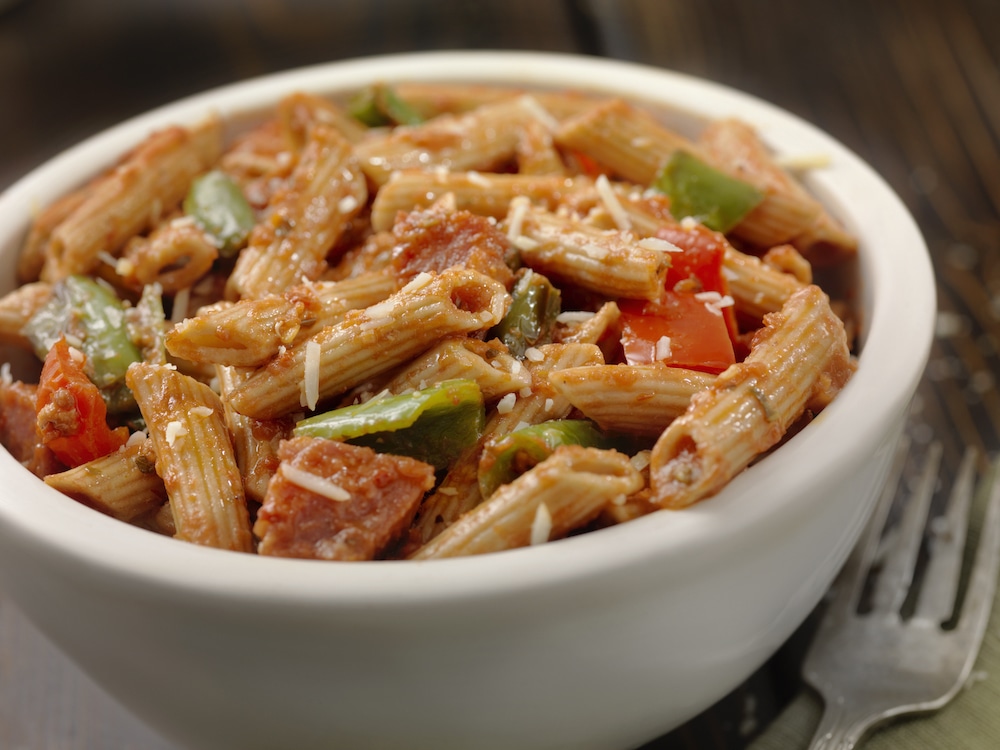
Gluten-free penne pasta with sausage and peppers
Making sure ingredients are truly gluten-free is also vitally important. In the past, manufacturers often added gluten-containing fillers to common meat toppings like pepperoni and salami, and few companies listed potential allergens on food packaging. With greater awareness about celiac disease and a lot of advocacy from people with gluten sensitivity, manufacturers have moved away from these practices. At the same time, some products—such as Asian-inspired dressings made with soy sauce—are more likely to contain gluten than others, so it’s important to check with manufacturers about the ingredients in their food products.
Related: How to keep your gluten-free pizza truly gluten-free
When dealing with larger suppliers, the process of verifying ingredients is usually pretty straight-forward. Many of the largest brands, like Sysco and US Foods, have prepared lists of gluten-free ingredients. When dealing with smaller suppliers, you may have to do a little more sleuthing. Talking to brand representatives is a good way to start as many are more than willing to help you track down information on gluten-free ingredients. Although this method can be time-consuming, it is essential to serving food that is safe for gluten-free patrons.
Once you find a supplier that uses gluten-free ingredients, the next step is to identify which products meet your needs in terms of taste and consistency. This is often a trial-and-error process, particularly with pre-made pizza crusts. Going to trade shows and conducting taste tests or having suppliers send samples can be effective ways to try out different products and figure out which ones will work for your restaurant.
Gluten-Free Training for Your Staff
Training personnel on safe food preparation is also critical. Have a lead chef walk your kitchen staff through each step for preparing gluten-free dishes. Once you have demonstrated the proper food handling procedures, test your staff and recognize those who successfully complete training. Offering certificates of completion can instill a sense of pride and gets staff invested in safely preparing gluten-free food.
When you set up your training program, don’t forget the front of the house. Gluten-free diners will ask questions about what ingredients you use and how you prepare them. Having staff who are unable to answer these questions or who are uncomfortable doing so can send up a red flag to diners that your establishment doesn’t really know what it’s doing when it comes to safely preparing gluten-free dishes.
If launching a gluten-free menu feels overwhelming, consider getting some expert help. Organizations that offer gluten-free food certifications can help you develop and implement a training program and adopt best practices for food preparation. Displaying a certification logo from a trusted source on your menu will also reassure patrons that you truly know how to prepare gluten-free dishes.
With demand for curbside pickup and delivery at an all-time high, restaurants that offer gluten-free Italian dishes can tap into a growing market of consumers who want a wide range of food choices that are safe and convenient. For gluten-free diners seeking delicious take-out, a restaurant that can safely prepare gluten-free Italian classics for on-the-go eating is an unbeatable combination.
Lindsey Yeakle, Gluten-Free Food Service (GFFS) Program Manager, Food Safety, for the nonprofit Gluten Intolerance Group (GIG), has a culinary history working at 4-star and 4-diamond rated restaurants, and she founded Alligator Pear Personal Chef Service. A celiac disease diagnosis encouraged Yeakle to attend culinary school at Indiana University of Pennsylvania Academy of Culinary Arts to learn how to design dishes for all types of dietary needs and restrictions. In June 2016, Yeakle decided to use her background and education to help the gluten-free community by working with GIG. For more information, visit www.gffoodservice.org.

